How Long Will a 12V Battery Last With an Inverter
The runtime of a 12V battery depends on the battery size, type, and load size. At first, convert the amp-hours of the battery into watt-hours. Find the actual available capacity by checking the discharge rate of your battery. Divide the value by load size and find the runtime hours by taking a specified efficiency into account.
Similar to car battery chargers, power inverters differ on power generation and loading the batteries with watts. A 12V 100Ah lead-acid battery will last for around 30 minutes on a fully loaded 1000 watt inverter. This same battery with a 300-watt load will have a runtime of around 3 hours.
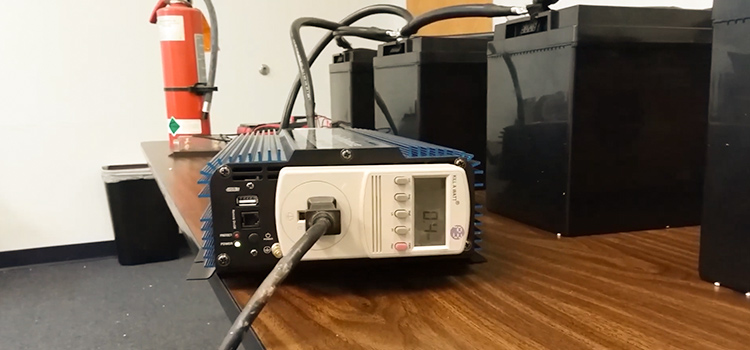
How Long Will a 12V Battery Last With an Inverter
Although it is a rather common question, the answer is not that simple. There are a few things that you need to consider before estimating the runtime of your car battery attached to an inverter.
Battery Size
The battery size in amp-hours(Ah) describes the capacity of the battery. The runtime in general depends on the battery capacity and watt load. You can always recharge your batteries on electricity. However, it is battery capacity that determines the usable amps.
Battery Type
Depending on the type of battery attached to the inverter, you can tell how long it can sustain the load. You will see batteries with a longer discharge rate than others, while some work better with inverters.
A lithium-ion battery has a discharge rate of 70 to 90% of the watt load. That means a 100Ah lithium-ion battery has 70Ah to 90Ah usable for the inverter. On the other hand, deep-cycle lead-acid batteries only have around a 50% of discharge rate.
Therefore, it is evident that in the case of the same load and same inverter, a lithium-ion battery can last twice as long as a lead-acid battery due to the better discharge rate. This is true even if the inverters had the same efficiency rate.
However, lithium batteries are going to cost more, quite rightly so. Although, sometimes these batteries are going to cost you twice as much as lead-acid batteries.
Load Size
The AC load size in Watts also plays a role in determining the lifespan of a battery connected to an inverter. In general, the higher the load size, the lesser is the expected runtime of the battery.
Calculating Runtime
Once you are done determining the battery size and type, load size, you are ready to calculate the runtime of your 12V battery connected to an inverter. Assuming the load size to be 1000W and the battery to be a 12 volt 100Ah lead-acid deep cycle one, convert the amp-hours to watt-hours at first. To do that, multiply the available amp-hour5s by the battery voltage.
Watt-hours = amp-hours x battery volts
In this case the battery watt-hours is 100Ah x 12V = 1200 watt-hours. As we know already, the discharge rate for a lead-acid deep cycle battery is only 50%. Therefore, the actual available capacity reduces to 600 watt-hours.
Now, divide the available capacity by the load size and you will get the ideal runtime. Here, the battery is supposed to last 600Wh/1000W = 0.6 hours.
However, no battery is capable of running at 100% efficiency, we pretend it has an efficiency of around 95%. So the actual runtime reduces to 0.6 x 95% = 0.57 hours or 34.2 minutes.
Conclusion
As the discussion reaches its conclusion, it is evident that the question is not simple to answer. That is because of different battery capacities, types, and inverters. The answer may not be straightforward, but one can easily estimate the battery lifespan with the formula explained above.
Subscribe to our newsletter
& plug into
the world of circuits
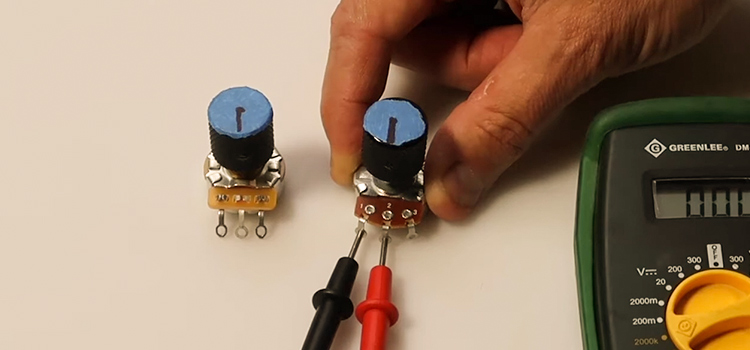
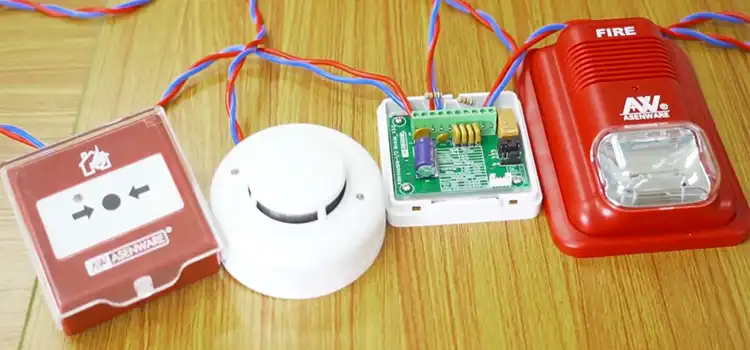
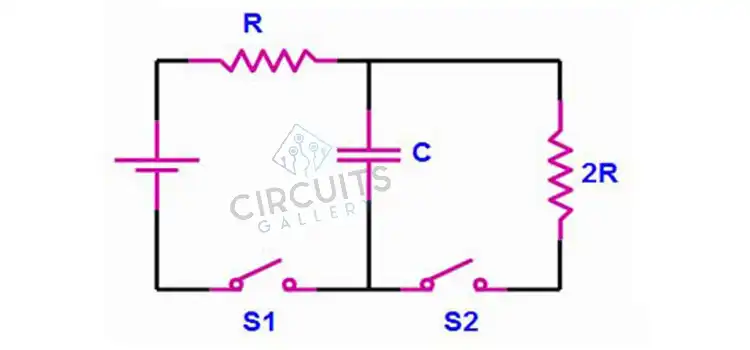
![What Is Balanced And Unbalanced Output In Op-Amp [Answered]](https://www.circuitsgallery.com/wp-content/uploads/2023/08/What-Is-Balanced-And-Unbalanced-Output-In-Op-Amp.jpg)
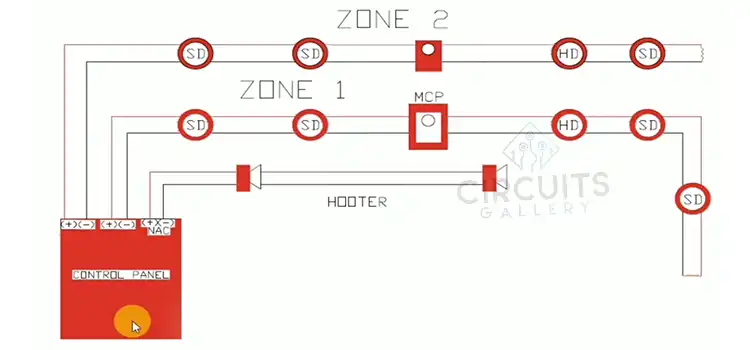

Hi your blog is worth appreciating and it has a lot of useful information.
Thanks for your support! stay tune with us